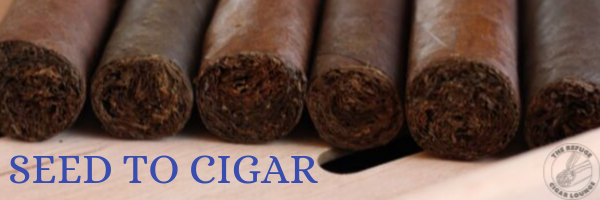Our tobacco leaves have now completed the fermentation process and each leaf is separated, sorted, inspected, and graded. For instance, wrapper leaves are separated by color (i.e. Claro, Colorado, Maduro, Oscuro). Each type is packed together in bales made from bark of the Royal Palm Tree and tied with palm fronds. They are then marked with their origin and date and placed in the factories’ storehouses to continue aging for another 1-3 years.
Although a mild form of fermentation still continues in the storehouse, it is nothing as dramatic as what happens in the packing houses. At the specified time, the bales are opened and inspected. They are also shaken out and re-humidified with a fine mist spray. This process is called “casing”. The leaves are then hung up for the water to naturally drain. The once dry and brittle leaves are now full of moisture and easily pliable.
Next week, will we start assembling cigars and touch on the blending process.

